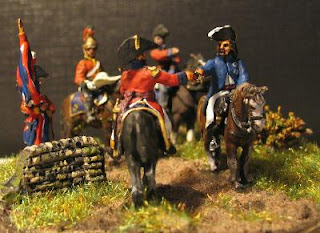The title sums it up really. My birthday on Friday, followed by playing trains at the local Cleethorpes Model Railway show on Saturday, and then a good few hours on Sunday working on modelling projects.
One of the many modelling related presents I received was a very informative book covering a Summer Saturday working in 1961 on
the North Cornwall Line, along with the Wadebridge to Bodmin services,
including loco rosters and carriage diagrams. It will become another
excellent reference as the Grogley Project unfolds.
Saturday saw me being tea boy and lunchtime operator on Gordon's model of Donington-on-Bain. This was its first public showing and very much a 'work in progress'. However being a local station it generated a great deal of interest about its history, as well as the model's construction.
 |
| Donnington-on-Bain |
Along with Gordon's model two other P4 members, (Dave and Martin) were at the exhibition showing the initial stages of their next project. They are at the very early stages of building a model of Swan Yard at Great Yarmouth, and had on display location plans, photos, part of a Templot track plan, some stock and the beginnings of the baseboards. There are plans afoot for Swan Yard to make an appearance at next year's Cleethorpes show as a 'work in progress' showing the early stages of track laying, along with Gordon's Fish Dock Road and my Tredethy Wharf making its first public appearance. The organisers are kindly allowing our P4 area group to take over a complete room again next year...
During the exhibition it was also good to catch up with two friends that were members of the defunct Mablethorpe and District Model Railway Club, Steve and Bob. Bob was showings his Winterschlaf layout with Steve as support operator, a position I'll be filling at two exhibitions later this year. There was a good selection of other layouts at the show covering 009, N, HO American. HOm Swiss and OO gauge. Gamston Bank stole the show for me.
The thought that Tredethy Wharf has to be near completion in a year's time has spurred me on. During Sunday I think I managed to banish the two remaining track gremlins, no doubt more will surface as I use the model but for now it's working well. Once I've tidied up the wiring, I'll start to put some flesh on the bones. There are still the hidden sidings to design and build but I am looking forward to making a start on the scenery.
To top off this weekend, my son's band released their first single on iTunes with a supporting video on YouTube. I know it will not be everybody's taste but I do like what they are doing so please forgive me posting the following link...
Shades - A Note from Me (Official Video)
Please pass on this link to anyone you think might be interested. Oh...my lad is the good looking one hitting the skins... :-))


















































